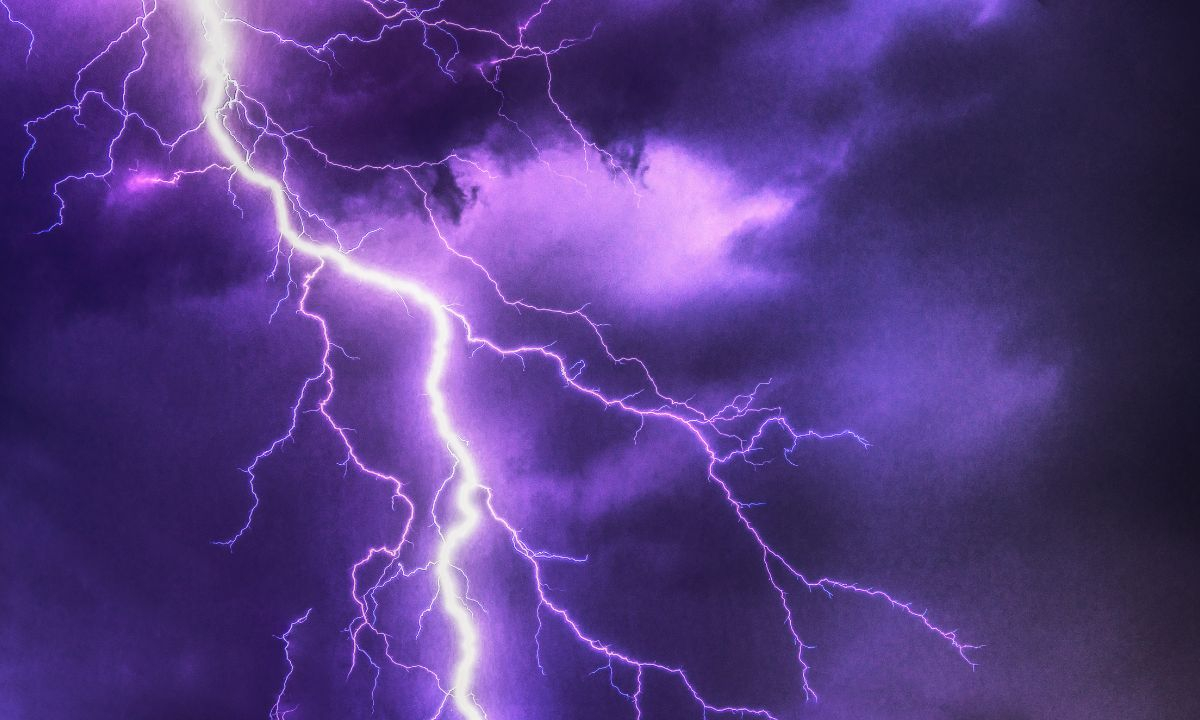How to Stay Safe from Thunderstorms

Thunderstorms can be dangerous and unpredictable. They bring heavy rain, strong winds, lightning, and sometimes hail. Lightning can strike the ground, buildings, trees, or even people. To protect yourself and your loved ones, it's important to know what to do before, during, and after a thunderstorm.
1. Understand the Warning Signs
Before a thunderstorm starts, the sky may darken, winds may get stronger, and you may hear thunder. Lightning usually follows. Pay attention to weather forecasts and warnings from trusted sources.
Watch vs. Warning:
-
Thunderstorm Watch: Conditions are right for a thunderstorm to happen.
-
Thunderstorm Warning: A thunderstorm is happening or will happen soon in your area.
2. Stay Indoors During a Thunderstorm
The safest place to be during a thunderstorm is inside a well-built structure.
What to Do Inside:
-
Stay away from windows and doors.
-
Do not touch electrical appliances, cords, or metal objects.
-
Avoid taking showers or baths. Lightning can travel through plumbing.
-
Unplug electronics to protect them from power surges.
-
Use a battery-powered radio or mobile phone to get updates.
3. Avoid Outdoor Activities
If you are outside when a storm begins:
Take These Precautions:
-
Find shelter immediately — go into a building or a car.
-
Avoid open areas like fields or playgrounds.
-
Stay away from tall trees, poles, or anything that can attract lightning.
-
Don’t lie flat on the ground. Crouch down with your feet together and your head down.
-
Avoid water bodies like rivers, lakes, and swimming pools.
4. Car Safety
If you're driving and a thunderstorm starts:
-
Stay inside the car; it's safer than being outside.
-
Avoid touching metal parts.
-
Park safely away from trees, power lines, or flood-prone roads.
-
Turn on hazard lights if visibility is low.
5. Stay Away from Conductive Materials
Lightning can travel through metal, water, and wires.
Avoid:
-
Using wired phones (use mobile phones instead).
-
Touching metal fences or pipes.
-
Being near wet ground or puddles.
6. After the Thunderstorm
Once the storm has passed:
-
Wait at least 30 minutes after the last sound of thunder before going outside.
-
Check for injuries and help others if it’s safe to do so.
-
Avoid downed power lines and report them to authorities.
-
Watch out for floodwaters, damaged roads, or fallen trees.
7. Prepare in Advance
-
Always keep a weather app or radio for alerts.
-
Prepare an emergency kit with a flashlight, batteries, first aid supplies, drinking water, and food.
-
Teach children what to do if they’re home or outside during a storm.
-
Trim trees near your house to reduce the risk of damage.
Thunderstorms are natural events, but with proper knowledge and quick action, you can stay safe. Always respect nature and take warnings seriously. Remember: When thunder roars, go indoors!







